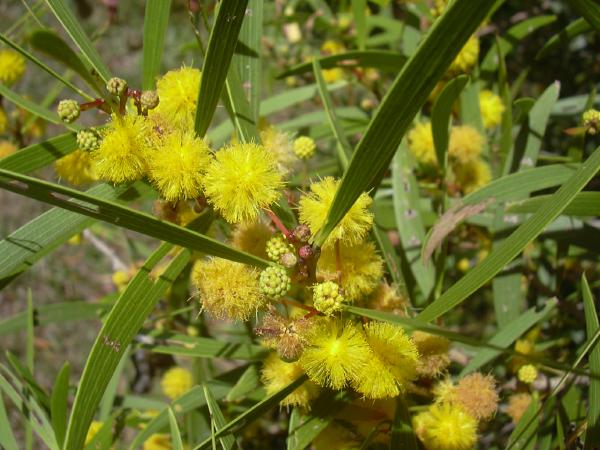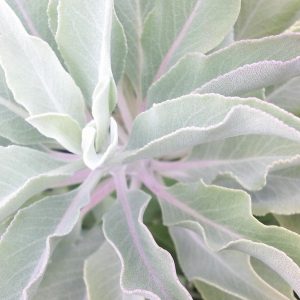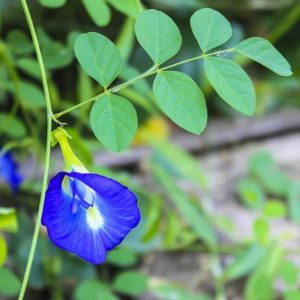- You have no items in your shopping cart
- Subtotal: $0.00

Acacia confusa
Acacia confusa is a perennial tree native to South-East Asia. Some common names for it are acacia petit feuille, small Philippine acacia, Formosa acacia (Taiwan acacia) and Formosan koa. It grows to a height of 15m. The tree has become very common in many tropical Pacific areas, including Hawaii, where the species is considered invasive.
Uses
Its uses include chemical products, environmental management and food and drink. The bark may be ground into a powder and steeped in water to create a tea, or may be spread onto various foods as a spice and taste enhancer. The wood has a density of about 0.75 g/cm³. In Taiwan, its wood was used to make support beams for underground mines. The wood is also converted to charcoal for family use. The plant is used in traditional medicine and is available from herbal medicine shops (草藥店) in Taiwan, but there has been no clinical study to support its effectiveness. It is also frequently used as a durable flooring material.
Phytochemicals
Phytochemicals found in Acacia confusa:
Root bark
- N-Methyltryptamine, 1.43%[not in citation given]
- N,N-Dimethyltryptamine, 1.15%[not in citation given]
Seeds
- Oxalyldiaminopropionic acid (α-amino-β-oxalylaminopropionic acid), which can cause neurological damage, paralysis, and death.
Stems
- N-Methyltryptamine, 0.04%
Varieties
- Acacia confusa var. inamurai Hayata
See also
References
- ^ World Conservation Monitoring Centre (1998). “Acacia richii“. IUCN Red List of Threatened Species. Version 2013.2. International Union for Conservation of Nature. Retrieved 3 May 2014.
- ^ International Legume Database & Information Service (ILDIS)
- ^ Pacific Island Ecosystems at Risk (PIER)
- ^ FAO Appendix 1
- ^ Li, Thomas S. C. Taiwanese Native Medicinal Plants: Phytopharmacology and Therapeutic Values, CRC Press (2006), ISBN 0-8493-9249-7, p.2. online GoogleBooks preview
- ^ Jump up to:a b c Arthur, HR; Loo, SN; Lamberton, JA (1967). “Nb-Methylated tryptamines and other constituents of Acacia confusa Merr. Of Hong Kong”. Australian Journal of Chemistry. 20 (4): 811. doi:10.1071/CH9670811.
- ^ Quereshi, M.Yasin; Pilbeam, David J.; Evans, Christine S.; Bell, E.Arthur (1977). “The neurolathyrogen, α-amino-β-oxalylaminopropionic acid in legume seeds”. Phytochemistry. 16 (4): 477. doi:10.1016/S0031-9422(00)94332-2.


